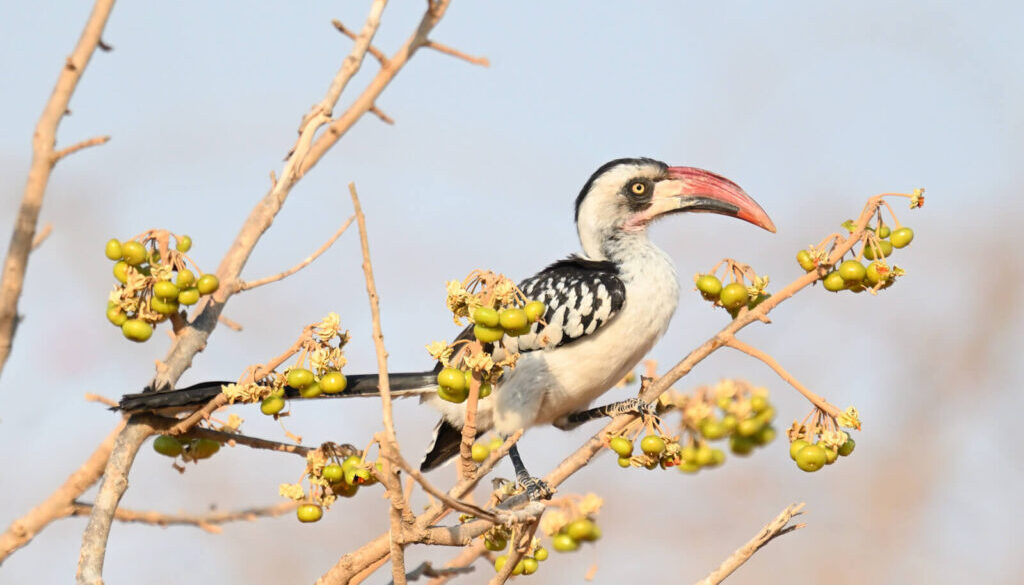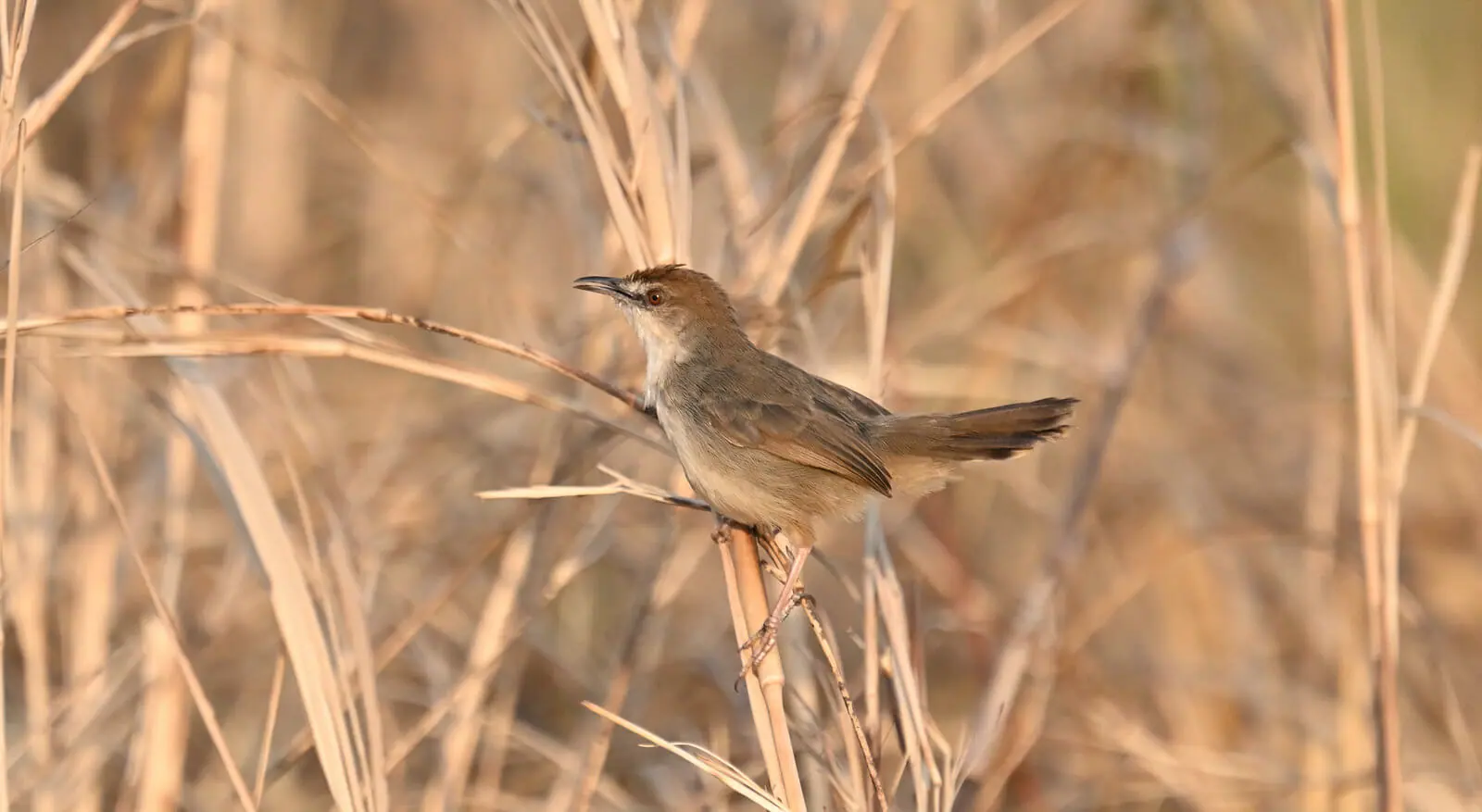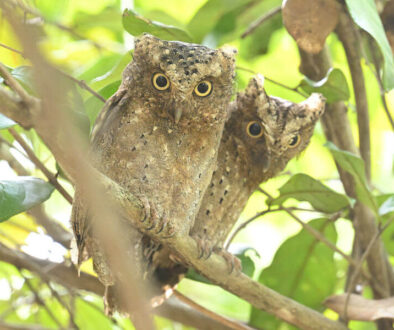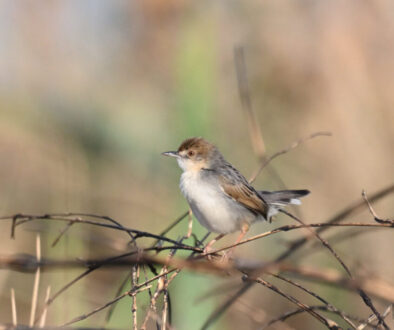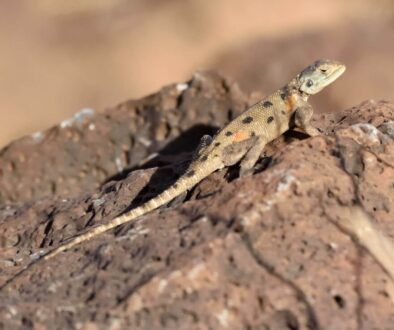Endemic Birding Tours and Safaris in Tanzania
Endemic Birding Tours and Safaris in Tanzania
Endemic Birding Tours and Safaris in Tanzania are a top tour choice for many global birders. Located in the warm tropical climate of East Africa, Tanzania ranks as a top birding destination in East Africa. With a record of 1,162 bird species, the country is second to none in terms of species abundance. Tanzania’s varied bird habitats shelter some 33 endemics birds species. The following birding sites shelter some of the endemic birds that are known to only occur in Tanzania.
Mbulu Mountains/ Highlands
Located near the Ngorongoro Highlands, the Mbulu Mountains/ Highlands host a rather unique Robin-Chat. This species has made headlines during our Endemic Birding Tours and Safaris in Tanzania – as it is yet to be fully described to Science (for now it remains as a sub-species in most books). This bird has for long been considered a sub-species of the Olive-flanked Robin-Chat/ Ground Robin. Due to its unique appearance, it has been suggested that this could be a species in its own right i.e. Mbulu Robin-Chat/ Ground Robin.
Udzungwa National Park, Mikumi National Park and Iringa Highlands
The Park is located along the Iringa-Morogoro District border. The eastern part of the park is predominantly covered in forests while the western part features highland grassland. The Udzungwa Forest Partridge is an endemic of the forests of the Udzungwa Mountains near Mount Luhombero. Other members of the endemic bird community in Udzungwa include the Yellow- throated Mountain Greenbul, Iringa Akalat, Rufous-winged Sunbird and Banded Green Sunbird. Other sunbirds special to Tanzania include the Moreau’s Sunbird and the Hofmann’s Sunbird.
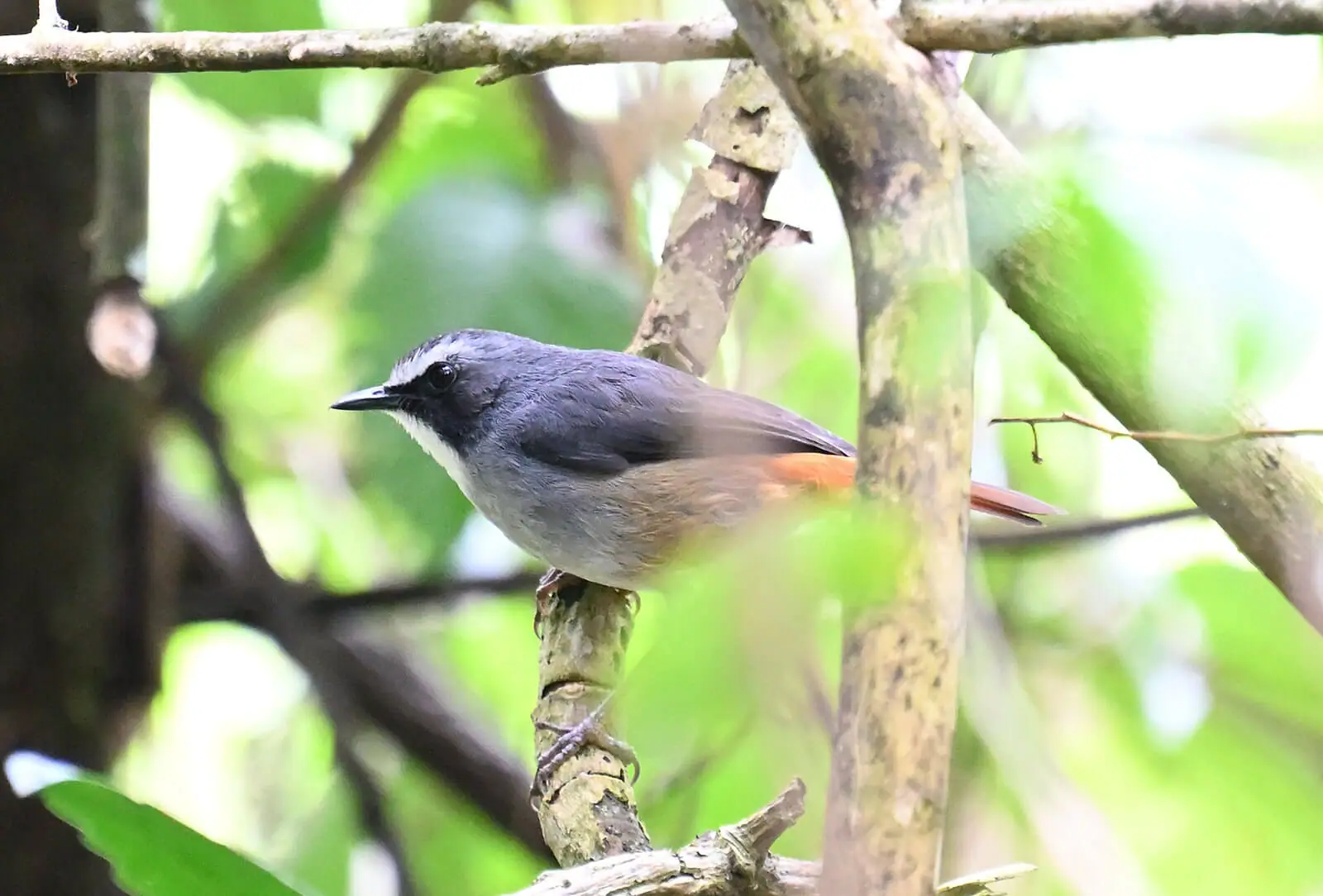
Rubeho Mountains and Ukaguru Mountains
These mountains lie within the Dodoma-Morogoro boundary in Tanzania. They contain woodland and disturbed forest in the north and indigenous forest to the south. The Rubeho Forest Partridge is found in the evergreen forest patches of the Rubeho highlands. It is classified as a “Vulnerable” species in the IUCN list owing to its restricted range. The Rubeho Warbler and Rubeho Akalat are also endemic here. Another special species here is the Syke’s Sunbird; part of the Montane Double-collared Sunbird group. Pending scientific confirmation, a rare sunbird here was recently introduced to the birding world; nick-named a Gallardy’s Sunbird. As we have continuously learnt on our Endemic Birding Tours and Safaris in Tanzania; many undiscovered regions still remain in this area.
Kilombero Swamp Valley
The valley lies within Morogoro District in central Tanzania. The main Kilombero River flows through a permanent swamp and a small patch of gallery forest. The valley hosts three endemics, i.e. the White-tailed Cisticola, Kilombero Cisticola and the Kilombero Weaver which favor the flooded reed beds and riverside marshes along the river near Ifakara town. The species here are quite easy to find during Endemic Birding Tours and Safaris in Tanzania.
South Pare Mountains
The site lies in the Kilimanjaro District, north-east of Tanzania. A number of highland forest reserves dominate the mountains with most birds occurring in the Chome Forest Reserve. The South Pare White-eye prefers the forest edges and open clearings. This white-eye has greyer under parts and a broader eye ring compared to other white-eyes. It is classified as a “Vulnerable” species.
Uluguru Mountains
The Uluguru mountains are situated within the Morogoro District in eastern Tanzania. The mountains are dotted with distinct forest belts. The Uluguru Bush-shrike and Uluguru Mountain Greenbul occur at the forest canopies of these forests while the Loveridge’s Sunbird inhabits the forest edges.

Usambara Mountains (East Usambaras and West Usambaras)
These are part of the Eastern Arc Mountains that stretches from the Taita Hills in Kenya down to the Southern Highlands in Tanzania. The mountains harbor forests that are rich in endemic species, i.e. the Usambara Eagle-Owl, Usambara Weaver, Usambara Thrush, Usambara Akalat, Long-billed Tailorbird/ Forest-Warbler (when Mozambique birds are split to a different species – Njesi Tailorbird) and Usambara Hyliota. To enjoy Endemic Birding Tours and Safaris in Tanzania, Usambara Mountains are a very important site.
Engikaret and Lariboro Lark Plains
The site is situated about 45kms North of Arusha. It is characterized by a large tract of open short-grass plains habitat. The area has resident populations of the Beesley’s Lark. This lark is considered as a recent split in the taxonomy of the Spike-heeled Lark.
Pemba Island
The island is situated about 55kms off the main coast of Tanzania; and is one of the top destinations for Endemic Birding Tours and Safaris in Tanzania. The northern regions of the island are characterized by mature forest, the central and western areas have beautiful rolling hills while mangrove forests feature along the coastline. The island’s four endemic species include the Pemba Scops-Owl, Pemba White-eye, Pemba Sunbird and the Pemba Green Pigeon.
Kipengere Range
South of Mbeya region, on the eastern side of the Rift Valley, lies the Kipengere Range. This huge area of moorland and forest plays host to the endemic Kipengere Seedeater.
Serengeti National Park, Ngorongoro Crater, Ndutu Plains, Lake Manyara National Park and Tarangire National Park
This part of Northern tanznaia hosts many endemic species, although some of these can be found farther South into the country. It is a very easy place to enjoy Endemic Birding Tours and Safaris in Tanzania, because the tourism infrastructure is great.
They include The Grey-breasted Spurfowl, Ashy Starling, Yellow-collared Lovebird and Fischer’s Lovebird.
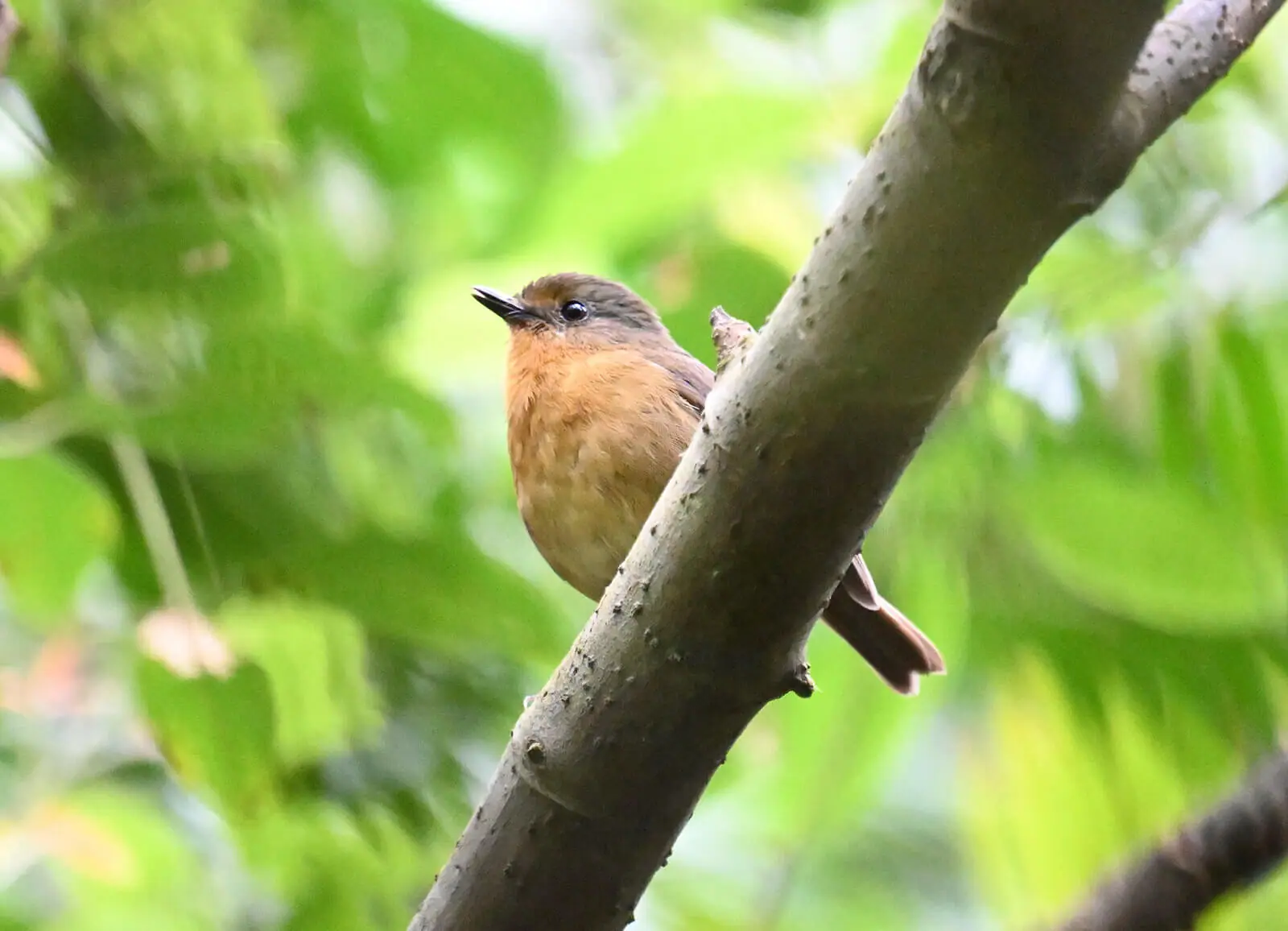
More endemic birds species of Tanzania
Other endemic species found within Tanzania include: Winifred’s Warbler, Tanzanian Masked Weaver (sometimes said to be found just outside Tanzania), Dark Batis (sometimes said to be found just outside Tanzania) and the Reichenow’s Batis.
Representing the endemic greenbuls of Tanzania are the Black-browed Greenbuls (sometimes said to be found just outside Tanzania) and Montane Tiny Greenbuls respectively. The Tanzanian Red-billed Hornbill (whose scientific name Tockus ruahae originates from Ruaha National Park) occurs in Central Tanzania from where it was first discovered.
Endemic Birding Tours and Safaris in Tanzania present a wonderful opportunity to connect with all these amazing and globally unique species.
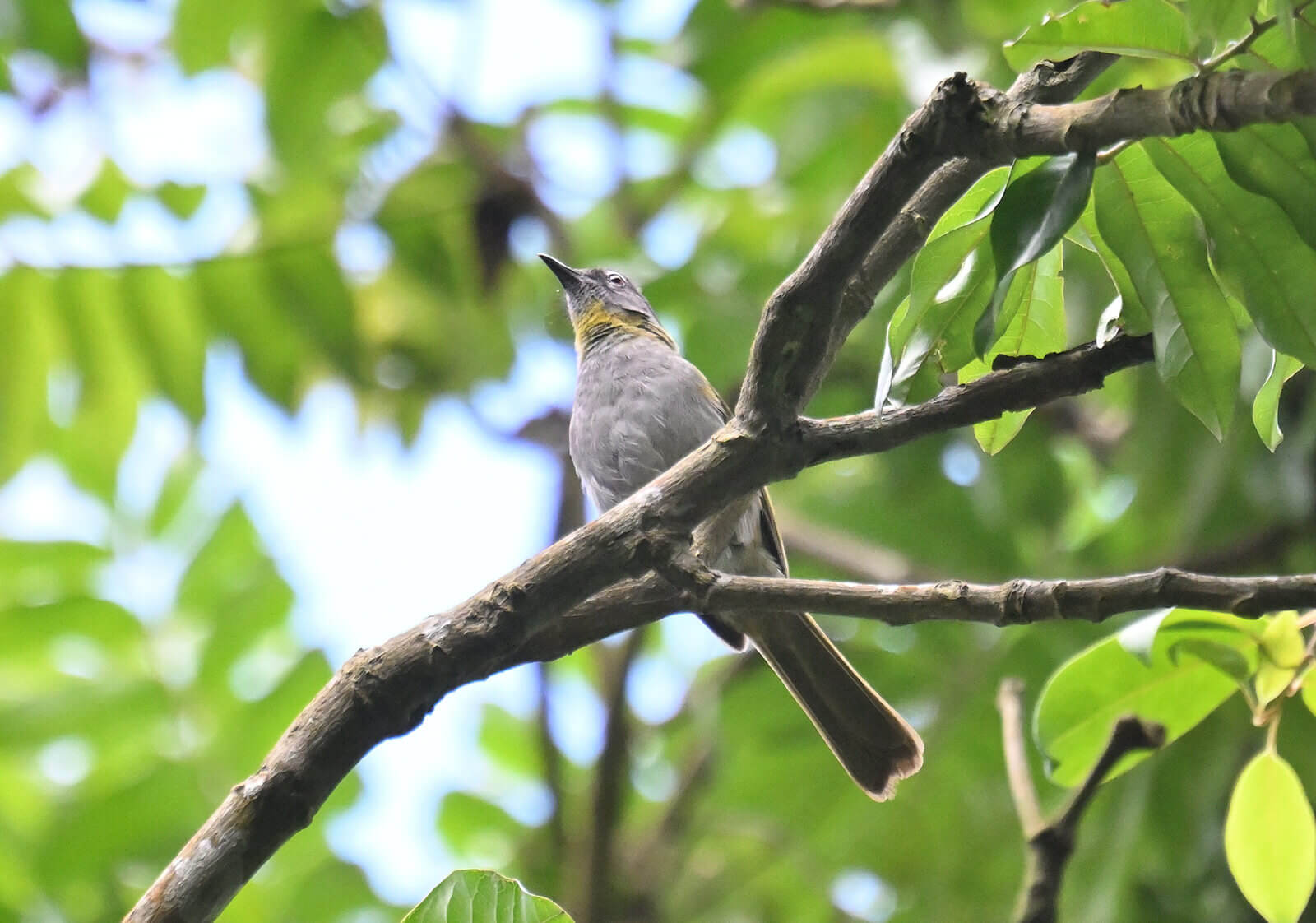
Contact Cisticola Tours today to plan your next Tanzania Birding Tour and Safari.

